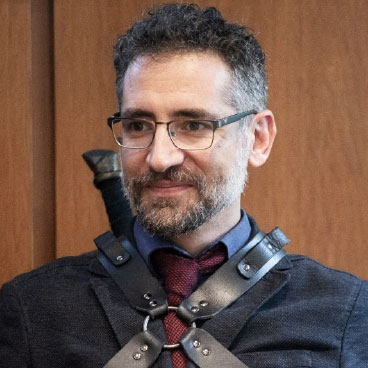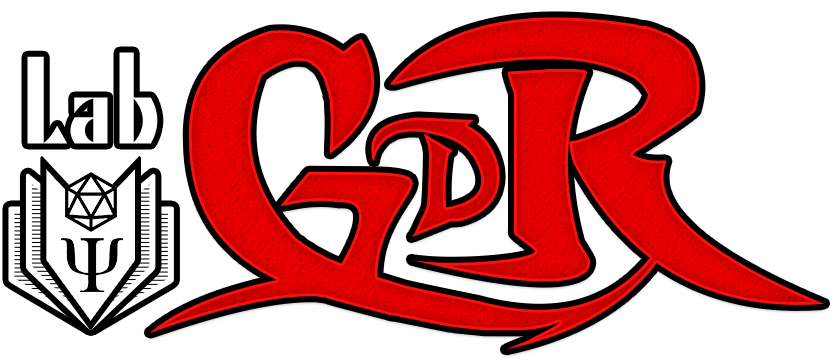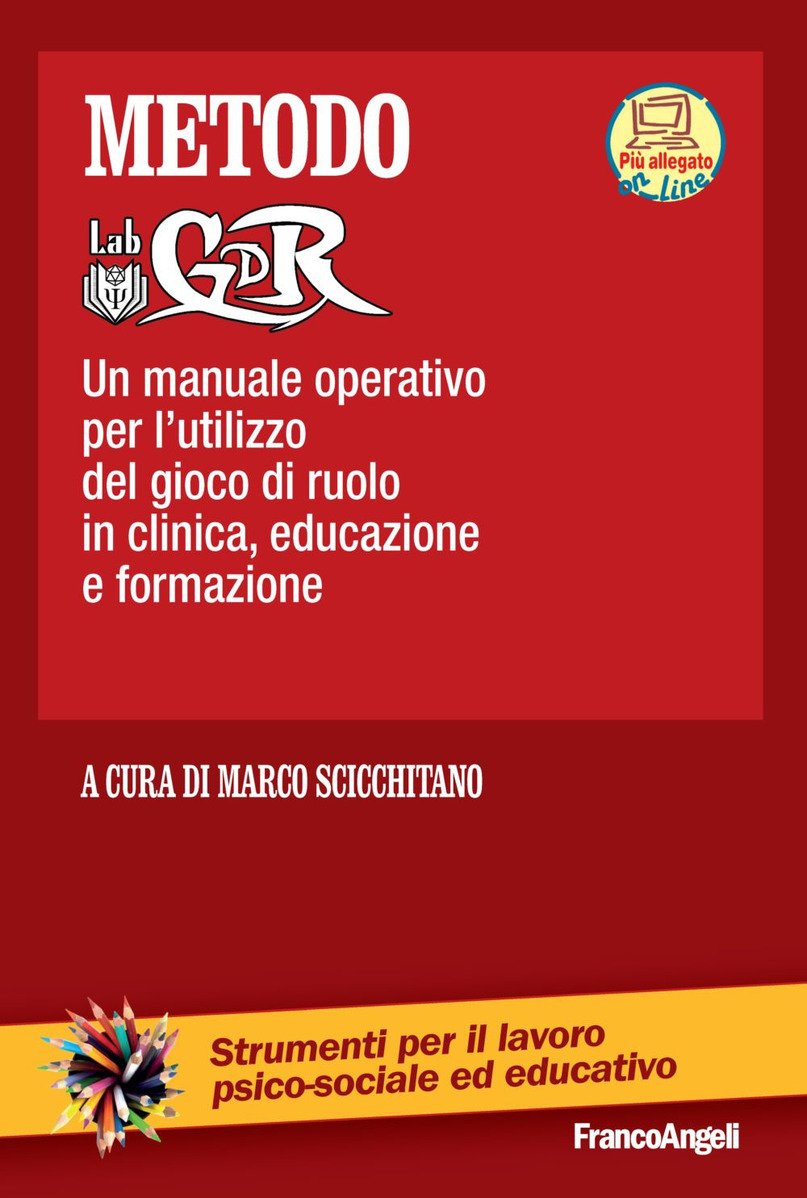LabGdR Method
An operations manual for the use of role-playing in clinical, education and training.
What is he talking about?
This handbook is intended to be an agile and practical tool to deliver into the hands of psychologists, educators and trainers working with adolescents and young adults in any field of activity the keys to a versatile tool with great application potential, innovative and effective: Role Playing. We will see how, venturing together with you into the uncharted territory of its practical application, far beyond the merely ludic context.
Pushing beyond the reassuring confines of domestic games played around the table and the lively and colorful world of fairs and organized events, to help you discover whether, and more importantly how, a rulebook designed to entertain and amuse a group of friends can be transformed, in the hands of professionals ready to question some certainties and eager to experiment with some novelties, into a formidable educational and therapeutic tool
The initial chapters devoted to explaining and formalizing the LabGDR Method introduce 4 projects that are ready to be replicated with concrete and clear instructions for various types of labs
Indeed, RPG is capable of tapping into the sensibilities of today’s young people, who are addicted to social networks and video games, by providing them with an environment conducive to learning through group workshops.
Content
Role-playing games
Summary examination of some basic role-playing game peculiarities to be taken into account
Areas of application
Identify the different application areas in which role-playing has currently been used;
LabGDR Method
To know the definition of LabGDR Method, the first attempt to systematize at a theoretical level the practice of intentionally using GDRs for educational, clinical, and training purposes
Design examples
Application of the LabGDR Method to 4 different areas of intervention:
- In school with a project to combat bullying “Barbarian Ogres”
- In a clinical center working with neurodiversity with the “Natural Comparison” project
- the larp and tabletop rpg project carried out by LabGDR staff “The Black Blades”
- In institutionalized social setting with adolescents with the project “Role-playing and more”
Ch1: When work becomes a (role-playing) game
- Tabletop and live-action role-playing games. What they are and how they work.
- The potential of paper-and-pencil and live role-playing in the age of the Internet, social networks and perpetual virtual connections
- The hypothesis of applying role-playing to professional uses, combining the playful aspect with therapeutic, educational, inclusive, etc.
- Different profession, different need. Summary examination of some key peculiarities to be taken into account
Ch. 2 The Role Playing Game application areas
- Possess a better understanding of the characteristics of J. L. Moreno’s classical psychodrama;
- Identify the different application areas in which role-playing has currently been used;
- Know the characteristics of the RPG used for play and entertainment purposes
- Know the characteristics of the RPG used for educational purposes
- To know the purposes and methods of using RPG with training purposes in the business environment
- To know the peculiarities of RPG used for therapeutic-rehabilitative purposes, with special reference to work with disabilities and projects using RPG in outdoor settings
Ch. 3: Application principles of the LabGDR method
- know the definition of LabGDR Method, the first attempt to systematize on a theoretical level the practice of intentionally using GDRs for educational, clinical, and training purposes
- Know the application and practical principles useful for knowing how to use the tool of RPG intentionally not only for playful purposes but also for therapeutic, educational, and training purposes
- Identify which major skills become targets of learning, why they are important, and how to stimulate them
- possess more knowledge about the mental devices that are involved in the activities unleashed by RPG and their usefulness for learning;
In the following chapters, four projects designed from the experiential baggage achieved in these years are proposed. The presentation of the projects follows a homogeneous grid, so as to facilitate the fruition and understanding of the project lines that pertain to the four different areas considered.
Chapters
Pages
From the introduction: I believe that this handbook will be able to help many who are involved in various capacities in training, clinical or education to increase their satisfaction in doing their work, thanks to the playful dimension that entertains and gives joy, thanks to the role-playing that allows them to divest and fill roles, precisely, in an elastic and light way, and thanks to the sense of effectiveness that they will be able to feel in applying the principles of what we now call our “LabGDR Method”
Reviews
The manual comes across as clear and well-structured, rich in content, designed to be a ready-to-use tool, and I believe it can fully meet its goal of making this stimulating methodology usable to an increasing number of professionals.
It is difficult, if not impossible, to find fault with this book. It is straightforward, simple, and structured in such a way as to give the reader the feeling that he or she is holding a tool of immediate applicability, even for those new to role-playing and the fantasy world. Each chapter lays out the goals it sets out and the skills it will go into, allowing the concepts to be easily found on a second reading.
The author

I am Marco Scicchitano, a psychotherapist who devotes much of his professional activity to therapeutic encounters, constantly enriching the work he does with workshops and new ideas through which he tries to innovate and make my profession vital. And I enjoy my work very much. People who are close to me often notice. It is not uncommon for a colleague or a patient, or even an attendee after some conference, to come up to me and say, “You are lucky, because I can tell that you enjoy what you do for work.” This is indeed true, because being able to live with transportation and enthusiasm in one’s professional activity allows one to experience rich and meaningful experiences, even in work contexts.
Certainly individual inclinations and life circumstances are variables that influence the opportunity to work and enjoy time devoted to professional employment, yet I believe that this opportunity can always be sought, improved and yearned for
Marco Scicchitano

